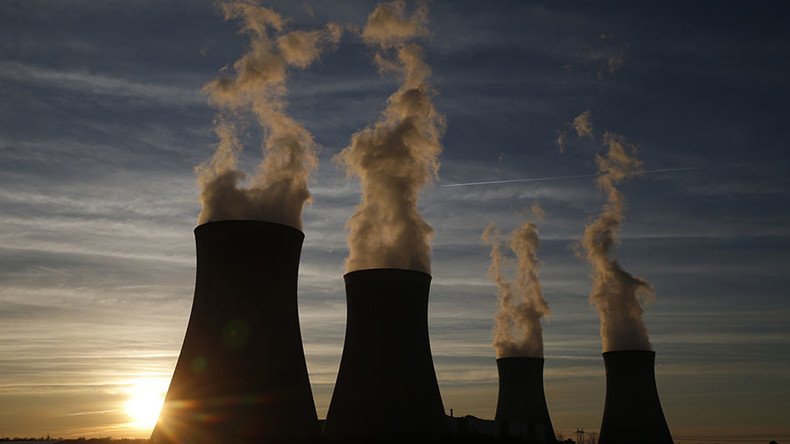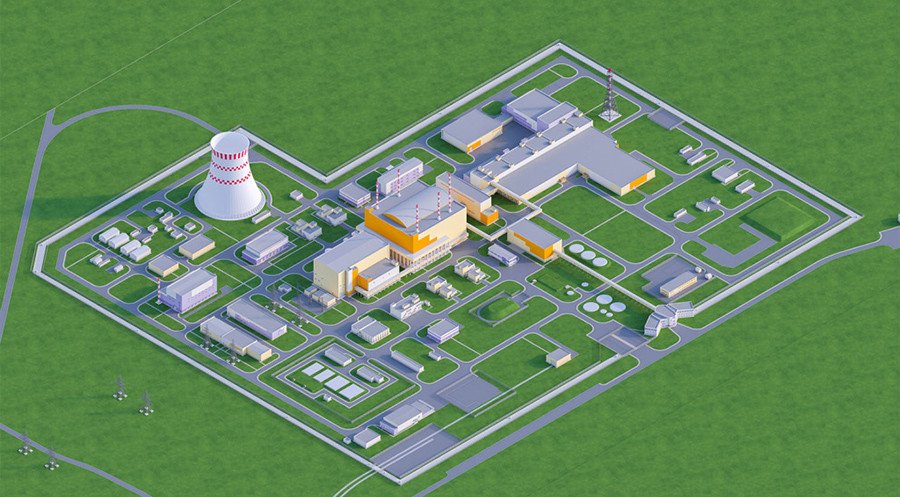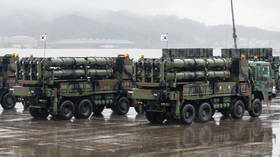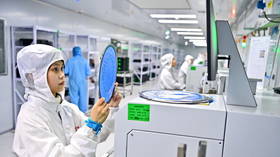The future of nuclear power: Russia makes fuel device for ultra-safe reactor

Russian nuclear engineers have created a special furnace that bakes uranium-plutonium nitrate fuel pellets for an ambitious closed-cycle lead-coolant nuclear reactor. It is hoped the reactor will become a standard for the future of nuclear power worldwide.
The device, which consists of six fully automated high-temperature radiation-resistant furnaces, was successfully tested by its developer in the city of Bryansk, the Russian state-owned atomic company Rosatom reported on Monday. It is now ready to be shipped to a site in Tomsk Region, where Russia is building the experimental reactor Brest-OD-300.
The reactor represents Russia’s vision of the future of civilian nuclear energy. It’s a fast-neutron breeder reactor, which can be used to burn a mixture of uranium and plutonium fabricated partially from spent nuclear fuel. This way it can operate in a closed-cycle, eventually rendering fissile material harmless, or utilize radioactive waste from other reactors.

Another key feature of the Brest-OD-300 is its use of lead as coolant, which greatly boosts its passive safety compared to traditional pressurized water or sodium reactor cores. Lead itself shields from gamma radiation, has a high boiling point that makes a pressure explosion virtually impossible, and would not react significantly with water or air in case of a containment breach.
The experimental reactor will have a fuel rod fabrication plant located on site, which would use fuel spent in the core to create new rods. The device tested in Bryansk will be the key part of this future facility.
The use of nitride uranium-plutonium instead of more traditional oxides is yet another innovation of the project. They have superior characteristics like fissionable density, thermal conductivity and melting temperature and are less prone to swelling and deformation, which allows fuel rods to be safely burned for longer periods of time.













